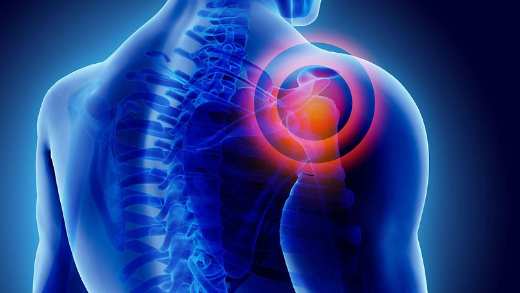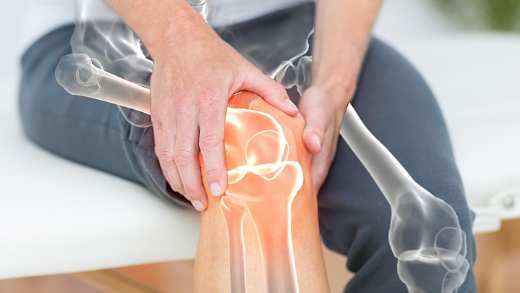Persistent back pain is generally accepted to be pain which has lasted for over 3 months Footnote [1].
With persistent pain, the nervous system continues to send potential 'danger' messages to the brain, despite the soft tissue having healed. This means the pain isn't directly related to tissue damage in the back.
IPRS Health, a provider of Occupational Health and Rehabilitation services, believe that knowing the facts can actually help you to recover more quickly. They've provided some advice on how to help manage persistent back pain.
What can cause this pain?

Persistent pain can originate with an initial injury or infection that then resolves but leaves the nervous system sensitised. In some circumstances there may be an ongoing structure within the spine that is a 'source' of pain. Some people suffer with persistent pain in the absence of any past injury or evidence of tissue damage.
In the absence of any worrying signs and symptoms, persistent back pain can develop from the nervous system becoming overly sensitive. Think of it like the pain 'volume' being left 'turned up' following an acute injury, rather than being 'turned back down' as you would expect it to during the healing process.
There are several factors which influence the volume of pain, including psychological factors such as anxiety and depression and ongoing abnormal movements adopted during the initial pain episode. Other factors include a vicious cycle between thoughts, feelings, behaviour (activities) and your pain.
How to help persistent pain
A key focus when it comes to persistent back pain is to learn to self-manage the condition. The aim of the recommended treatments and management strategies are to reduce the impact of pain on your day-to-day life, even if the pain cannot be eliminated completely. The aim of treatment is also to allow you to remain as active as possible within the limits of your pain, but not to avoid activities because you anticipate pain Footnote [2].
Movement could help
As with mechanical back pain there’s no one exercise that’s been proven to be better than another; the key is to try to engage in something you enjoy. For example, if you played golf before your pain but are currently unable to play, could you get to a putting green and just practice? It’s a much lower level of activity but you’re in an environment you love and in the company of people you enjoy being around.
Having the understanding that these things are helpful for persistent pain, can help you engage in things you love doing. Interestingly even just getting out for a walk - particularly in nature - has been demonstrated to be effective for back pain. Walking also has the added benefits of having a positive effect on mental health conditions such as depression and anxiety as well as things like diabetes, stroke and heart attack risk Footnote [3].
Treatments for persistent pain
Evidence supports the use of certain treatments, primarily exercise and movement, but also treatment for the psychological component of persistent pain and there’s good evidence to support the use of Cognitive Behavioural Therapy (CBT) to help change the way you think, feel and behave in relation to pain Footnote [4].
Many persistent pain services or specialist pain clinics adopt a multidisciplinary approach to persistent pain and if usual treatments such as physiotherapy have not resolved the condition, you may be referred to a service where physiotherapy, psychology and other treatment approaches may be used together to try and reduce your symptoms.
Is surgery an option?
In rare cases a surgical review may be considered when all other treatment options have been exhausted and the pain remains constant and severe. However, surgical intervention is often unsuccessful in resolving persistent pain due to the fact in most cases there is usually an absence of any ongoing tissue 'damage' that the surgery can repair.
IPRS Health advises seeking clinical advice for undiagnosed back pain, as it may not always stem from musculoskeletal issues. Other conditions can coexist with musculoskeletal issues and benefit from timely medical attention.
This content is provided solely by IPRS Health. Although IPRS Health is a health and wellbeing company, the information contained within this article does not represent any form of assessment, diagnosis, or treatment by IPRS Health for a medical condition. Any exercise-based content is not specific or prescribed by IPRS Health for your medical condition. If you follow any exercise programme or advice contained within this article, you do so at your own risk and IPRS Health have no liability for any subsequent damage, loss, or injury. IPRS Health recommend that you seek advice from a physiotherapist or healthcare professional before starting any new exercise regime. If you are experiencing back pain or discomfort, please seek medical advice in the first instance.
















